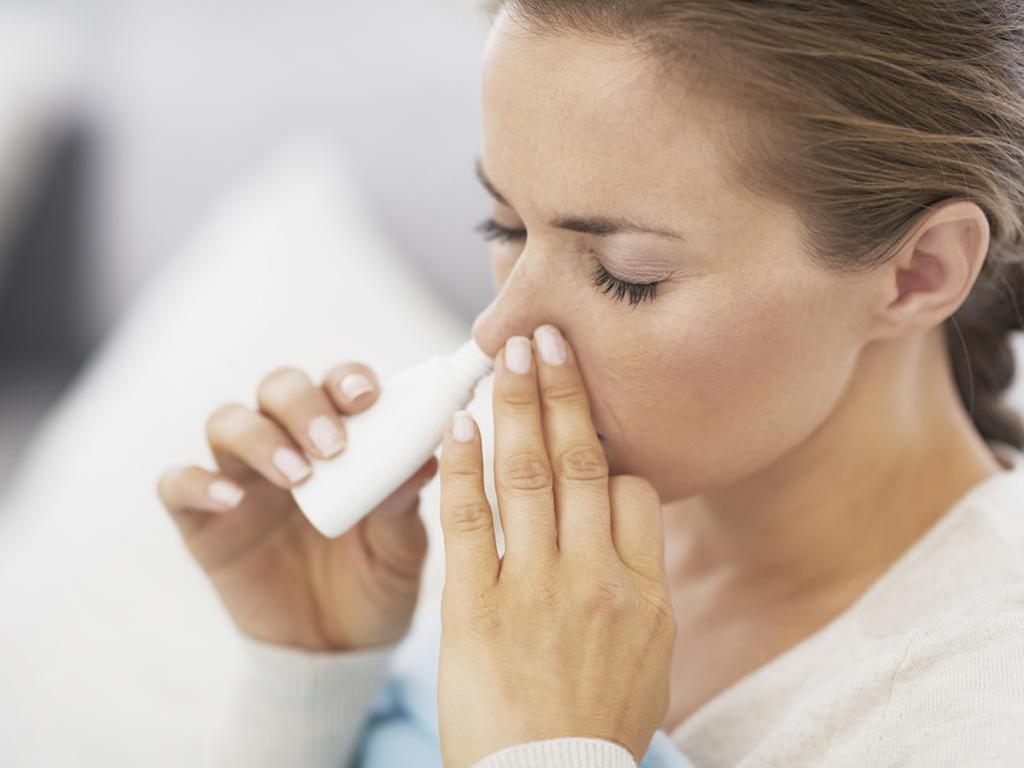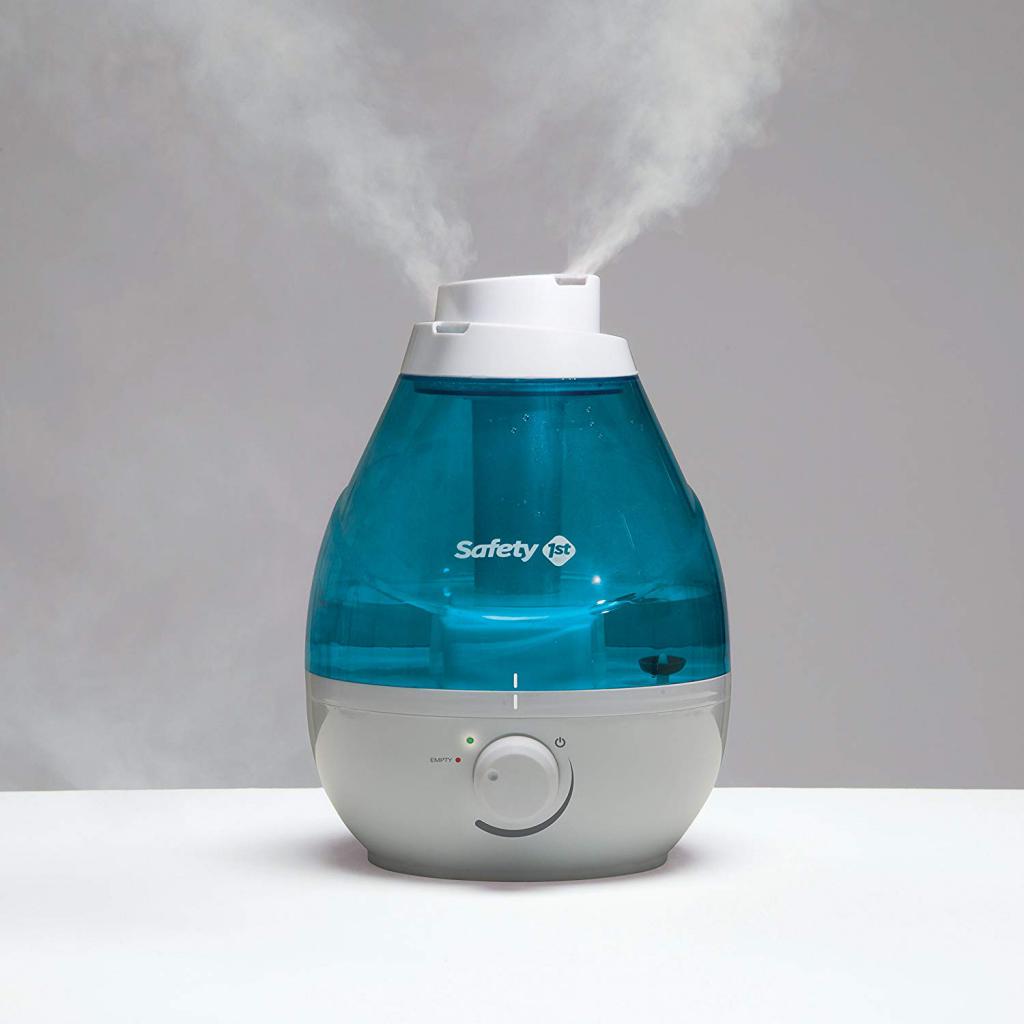Epistaxis is a very common medical problem. It usually begins in cases of physical exposure or damage to the blood vessels of the nasal cavity. Bleeding from the nose is found in both children and adults. Elderly people due to the presence of concomitant diseases often need more intensive treatment.
The amount of blood flowing can vary from a few drops to severe bleeding. Large blood loss in the absence of help is life threatening. However, you should not panic. The tips and techniques for stopping nosebleeds described in this article will help to eliminate the problem as soon as possible.
Description
The nasal cavity has a fairly rich blood supply, and the blood vessels are close to the surface. Because of this, with minor damage, bleeding can begin. ICD code for nosebleeds 10 (international classification of diseases): R04.0. Nose bleed.
Blood usually flows from one nostril. In severe cases, it flows down the throat, falling into the stomach. In this case, the patient has hemoptysis or bloody vomiting. In addition, with severe nosebleeds, weakness and dizziness often appear.
There are two types of nosebleeds: posterior and anterior. The first is usually harder and harder to control. Posterior bleeding is more often associated with complications such as obstruction of the airways, inhalation of blood in the lungs and cough, as well as an abnormally low volume of blood plasma.
Most often, blood stops flowing on its own without medical attention. In rare cases, nosebleeds can be life threatening. For example, in elderly patients, as well as in those who suffer from various diseases or abnormalities, one way or another related to the nose.
Causes
The blood vessels inside the nasal mucosa are close to the surface and therefore not protected. In most cases, bleeding occurs due to their damage. Spontaneous rupture of blood vessels rarely occurs, for example, during extreme sports or during physical exertion.
The main causes of nosebleeds (ICD 10: R04.0) include:
- Idiopathic (unspecified cause).
- Injury. This includes picking in the nose, facial injuries or getting a foreign body into the nasal cavity.
- Inflammation. For example, an infection, allergic rhinosinusitis, or the formation of polyps in the nose.
- Neoplasia The occurrence of benign (for example, juvenile angiofibroma) or malignant (squamous cell carcinoma) formations.
- Vascular Congenital (for example, hereditary hemorrhagic telangiectasia) and acquired (Wegener's granulomatosis) factors.
- Iatrogenic (complications). This includes the consequences of surgery, in particular maxillofacial, ophthalmic, ENT surgery. As well as complications after the use of the nasogastric tube.
- Structural. Abnormal development, curvature or perforation of the nasal septum.
- Drugs. Abuse of nasal sprays, contraceptives and various narcotic substances, such as cocaine.

- Hematologic. These include coagulopathy (e.g., hemophilia), thrombocytopenia (e.g., leukemia), platelet dysfunction (von Willebrand disease).
- Ecological: increased ambient temperature, low humidity, rarefied air.
- Drugs. Use of anticoagulants (e.g. heparin, warfarin) or blood thinners (aspirin, clopidogrel).
- Organ failure: uremia (acute or chronic auto-intoxication syndrome), cirrhosis.
- Other reasons. For example, atherosclerosis, hypertension or alcohol abuse, vitamin deficiency.
Depending on the cause of nosebleeds, the methods for stopping it are different. But first of all, in any situation, for the purpose of prevention, you should protect yourself from injuries, physical effects, and also avoid drying up the nasopharynx.
Ways to stop
Usually, mild nosebleeds stop on their own without any effort. But sometimes the blood cannot stop. In such cases, various methods and techniques for stopping nosebleeds will come to the rescue. This can be squeezing, cooling, plugging. With large blood loss, assistance is needed by specialists of medical institutions.
First aid
How to stop nosebleeds? The technique of first aid is as follows:
- The victim’s head should be raised and above the level of the heart. Tilting the head can cause blood to enter the airways.
- Hold the nostrils tightly.
The use of tampons
In cases where a simple squeezing with your fingers does not help, you can resort to the help of assistive devices. To do this, use the installation of cotton or gauze swabs in the nostril. They can be moistened with a solution of hydrogen peroxide. You can also sprinkle cotton or gauze with nasal drops or sprays. Any vasoconstrictor drugs, such as Naphthyzin, Xylen, Tizin, and others, will do.
Cold compress
If the use of compression techniques and the installation of tampons does not help, it is recommended to use cooling. A cold compress is applied to the nose for 5 minutes. To do this, an ice bubble or towel moistened with cold water is suitable. Cooling has a vasoconstrictor effect, which is suitable for stopping nosebleeds.
Execution technique
Some rules for emergency care for nosebleeds.
- The victim must be upright. The head must be raised or tilted forward slightly.
- Respiratory activity should be carried out through the mouth.
- It is not recommended to talk, swallow, cough during nosebleeds.
- When bleeding resumes after it stops, it is necessary to start pinching the nose again for 10 minutes. During this time, clots should form, and the release of fluid will stop.
- Applying a cold compress can be combined with resorption of a piece of ice.
- Next, you need to protect your nose from physical impact. You can not blow your nose for about a day.
- Swallowing blood can cause nausea, coughing, or vomiting of blood.
- With frequent nosebleeds, you should contact a medical institution for consultation and examination.
If you follow the instructions above, nosebleeds usually stop. With uncontrolled processes, you must call an ambulance.
Bleeding in children
How to stop nosebleeds in a child?
- First of all, you need not to panic, calm down. The child may get scared and start to cry. Crying can trigger increased bleeding.
- Then you need to put the child upright. Keep your head straight or tilt forward a little.
- After that, you need to squeeze the nostrils with your fingers.
- Every 10 minutes, check whether the bleeding has stopped.
- Applying a cold, such as an ice pack, will also help in helping the baby.
- The next important step is control. It is necessary to ensure that during the day the child does not blow his nose, does not injure the nasal mucosa, does not try to remove dried blood or clots from the nasal cavity.
- With frequent nosebleeds in a child, a pediatrician and an otolaryngologist should be visited for examination and consultation.
When to go to the doctor?
It is important to pay attention to the following symptoms. If they appear, you must immediately seek medical help:
- Despite the measures taken, the bleeding does not stop for 20 minutes;
- pallor of the skin of the victim;
- the appearance of unexplained bruises on the body;
- the victim is less than two years old;
- frequent relapses;
- vomiting blood.
Health care
In severe cases of epistaxis, the patient should go to the hospital. After assessing the condition, the otolaryngologist will conduct anterior tamponade to stop nosebleeds. This is a pretty effective way.
The specialist will insert a swab soaked in adrenaline into the nasal cavity. After stopping the bleeding, the damaged vessel is cauterized. In addition, the patient can apply a cold compress to his nose or nape.
If blood seeps through gauze swabs, it is necessary to carry out the back tamponade. In this case, the tampons are inserted into the nasopharynx using a catheter.
To prevent relapse, swabs must be left up to 24 hours. With any method of stopping nosebleeds, the use of topical antibiotics is recommended.
Prevention
In order to reduce the risk of nosebleeds, the following measures must be observed.
- Most nosebleeds occur due to drying out of the mucous membrane. This can be facilitated by a dry climate, cold winters, and dry indoor during the heating season. To prevent bleeding at home, you must use humidifiers, especially in the bedroom. In the absence of a humidifier, you can hang sheets moistened with water around the apartment, hang up batteries, and often ventilate the room. You can also lubricate the nasal passages with petroleum jelly.
- During colds and with nasal congestion, it is recommended to use saline solutions or sprays for washing and irrigation of the nose.
- Avoid physical effects on the nose. For example, injuries or bumps.
- It is necessary to explain to the child that picking in the nose is not only not hygienic. It can also cause nosebleeds. Do not forget to shortly cut the nails of the baby so that he could not scratch the nasal mucosa.
- The stuffing of foreign objects (balls, pens, ear sticks and other objects) into the nostrils is unacceptable.
- You should contact a specialist for examination and prescription of treatment for any underlying diseases that may contribute to bleeding.
- To avoid relapse, it is not recommended to lift weights, strain and blow your nose after stopping nosebleeds.
- Limit the use of aspirin.
- Monitor blood pressure with a blood pressure monitor, if there have been cases of its increase before.

Therapy
With frequent nosebleeds, appropriate medication is usually necessary. Depending on the etiology of the condition, it can be pain medications, vitamins, drugs to lower blood pressure, antibiotics, and others.
It is advisable to prescribe Ascorutin for nosebleeds in children. This drug is used to make up for the deficiency of vitamins P and C, strengthen blood vessels and prevent their fragility.
Surgery
One of the treatments for frequent relapses of nosebleeds is arterial ligation. This procedure is based on ligation of the veins that cause nosebleeds. This may require local or general anesthesia.